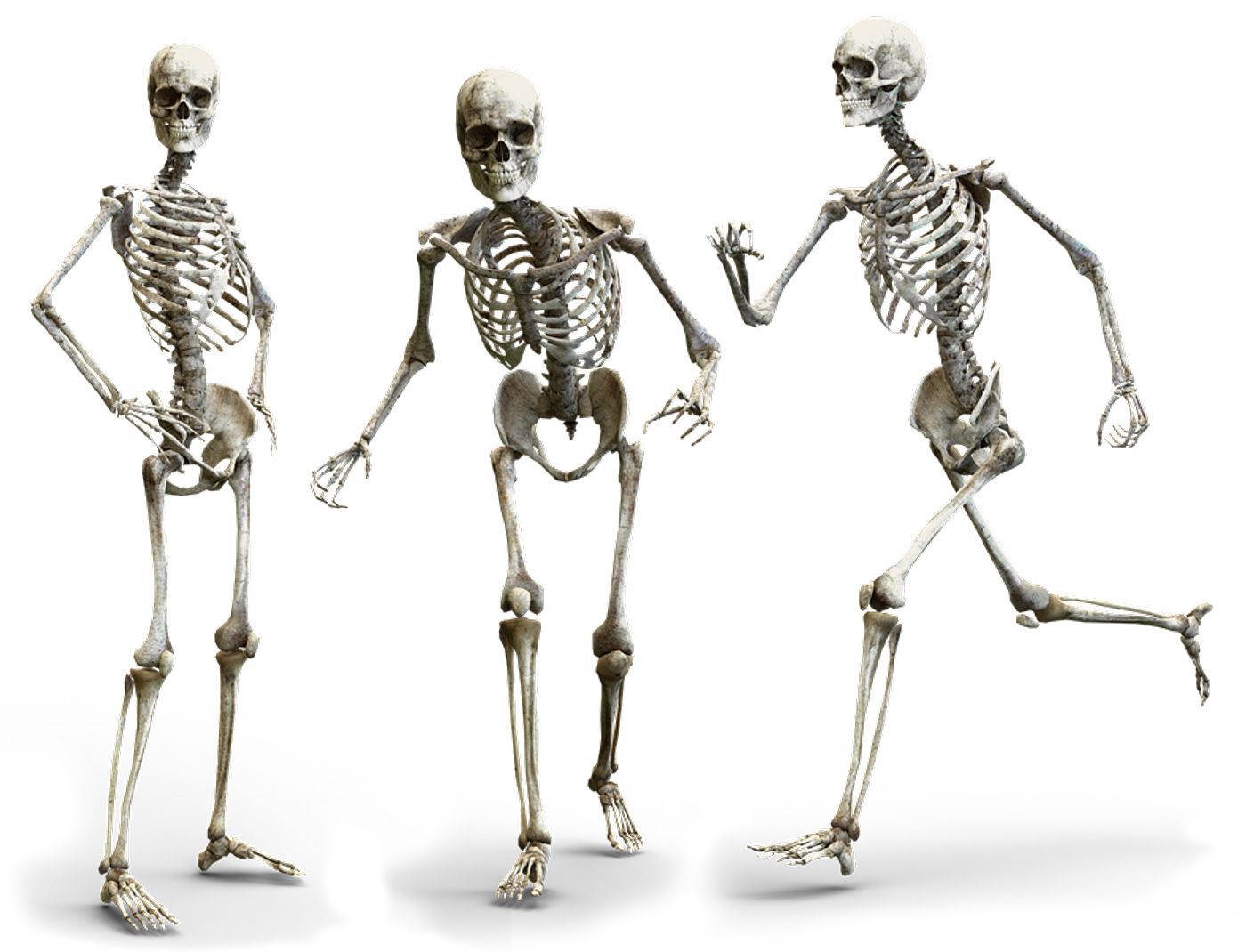How Bones, not Adrenaline, Drive the Fight-or-Flight Response
When animals are confronted by a threat, there is a physiological response; heart rate and breathing rates increase, and glucose floods the body to provide it with the energy for what comes next. We might think of the hormone adrenaline that’s pumping through our bodies at times like this. But the fight or flight response doesn’t need adrenaline, researchers at Columbia University have found; bony vertebrates require bones to have that reaction. In mice and people, once the brain senses danger, it will alert the skeletal system to release the hormone osteocalcin into the bloodstream so that the fight-or-flight response is triggered. The findings have been reported in Cell Metabolism.
"In bony vertebrates, the acute stress response is not possible without osteocalcin," said the senior investigator of the research, Gérard Karsenty, M.D., Ph.D., chair of the Department of Genetics and Development at Columbia University Vagelos College of Physicians and Surgeons. "It completely changes how we think about how acute stress responses occur. The view of bones as merely an assembly of calcified tubes is deeply entrenched in our biomedical culture."
Karsenty’s group has shown in previous work that the skeleton can influence other organs. In this study, the researchers demonstrated that osteocalcin is released by bones, and it can move through the bloodstream to influence biological functions in many organs including the brain, pancreas, and muscles. Osteocalcin has also been shown to impact metabolism by increasing the amount of glucose that cells absorb, and can help animals run longer and faster.
"If you think of bone as something that evolved to protect the organism from danger - the skull protects the brain from trauma, the skeleton allows vertebrates to escape predators, and even the bones in the ear alert us to approaching danger - the hormonal functions of osteocalcin begin to make sense," Karsenty explained.
Karsenty (featured in the video above) thought that if bones bring physiological aid to an animal escaping danger, the skeleton is also playing a role in the response to acute stress, osteocalcin must be working rapidly if it’s involved. Indeed, when the scientists exposed mice to stressors like predator urine, osteocalcin levels surged within a two or three minutes. Osteocalcin was also found to spike when people were under stress, like public speaking. The osteocalcin levels were accompanied by increases in body temperature, heart rate, and blood glucose levels in mice. Injections of osteocalcin caused a stress response in mice that weren’t under stress.
Genetically engineered mice that could not produce osteocalcin or its receptor had no response to the stressor. "Without osteocalcin, they didn't react strongly to the perceived danger," Karsenty said. "In the wild, they'd have a short day."
This work helps explains why people that cannot produce adrenaline still have an acute stress response.
"I have no doubt that there are many more new inter-organ signals to be discovered," Karsenty added, "and these interactions may be as important as the ones discovered in the early part of the twentieth century."
Sources: Phys.org via Columbia University Irving Medical Center, Cell Metabolism









